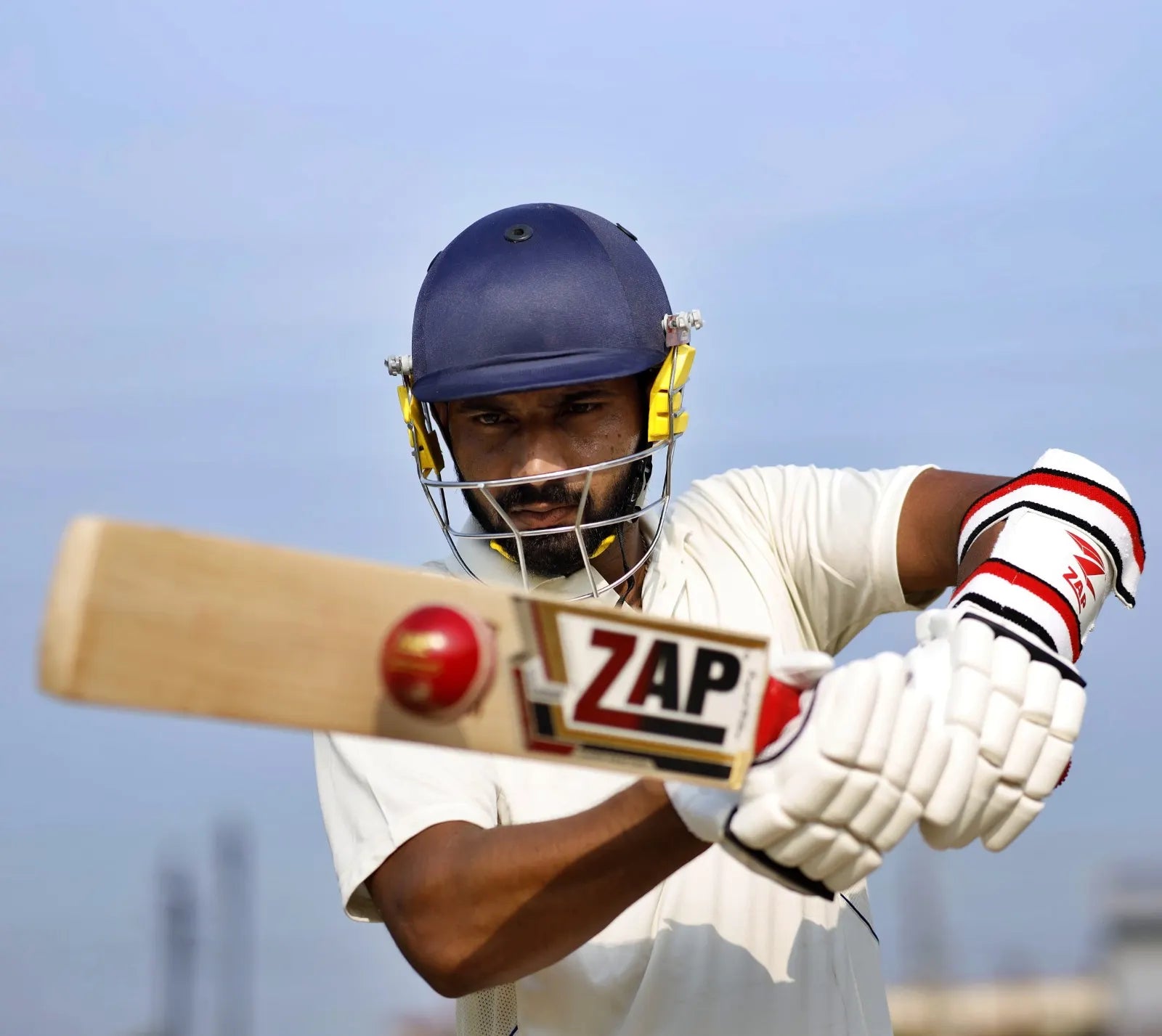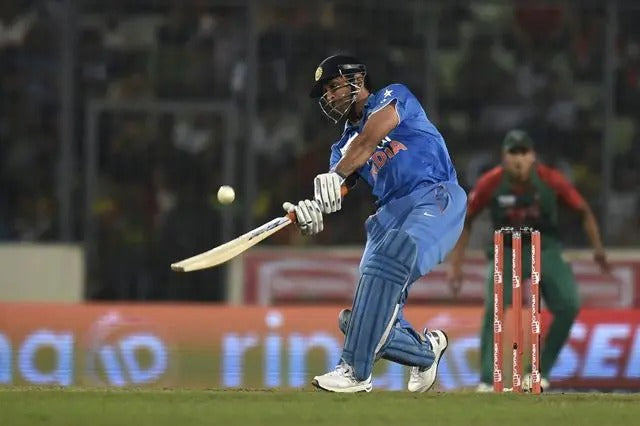The role of every batter in a team’s batting order is defined for every format of the game. The top order batters have the responsibility of starting off the innings well. Face the new leather ball with confidence and take advantage of the powerplay overs. The middle order batsmen are the anchor of the innings. These players provide direction to a team’s score in while batting. Their contributions are immense, as they have the role of stabilising a batting collapse or carry on the momentum provided by the top order. Then come the finishers, who have the most difficult job. They need to finish the innings well, be it batting first or in a run chase They are the ones on whom the result of a game ultimately depends.

So, in this chapter of Becoming a Champion Batsman by ZAP, let’s decode the role of a finisher in a batting order and understand how to become a great finishing batsman.
Who is a finisher in a batting order?

Credit: ESPNCricinfo
A finisher is a batsman who usually bats in the end overs of an innings. Their time to go onto the pitch comes usually at 4 or 5 wickets down. The role of a finisher is to score maximum runs in the final overs of an innings and either set a good total while batting first or chase down an impossible target. There’s no better example than MS Dhoni to explain who a finisher is. He bats at number 6 or 7 and always provides what his team needs, experience and extra runs in the death overs. But this job is not only about muscle power and huge sixes, it is more about tactful knowledge of the game. Let’s understand this more in detail.
Also Read: Best Finishing batsmen in cricket history
Analysing the nature of the wicket:
If the pitch is flat and suitable for batting, a batsman can manipulate the bowler and hit cricket shots actually anywhere in the ground. However, instinctively, they will try to hit straight or towards mid wicket. Such wickets allow batters to open their arms and play freely, and are a graveyard for bowlers. Contrary to that, if the wicket is slow, or allows spin, the batsman can target shots squarer to the wicket. Hence, the finisher’s role here is to correctly study the nature of the pitch while sitting in the dugout.
Understanding the bowler’s tactics:
To be a good finisher, it’s imperative for the batter to study the bowler they are about to face. A bowler would try to use a number of variations to pick up wickets and keep the batsman's strike rate down in the death overs. So, the finisher needs to be aware and mentally present to understand the bowler’s variations and play his strokes accordingly.
So consider a bowler like Jasprit Bumrah bowling yorkers consistently. A finisher will have to find out a way to hit one of those deliveries out of the park and relieve the pressure the bolwer has put on. So, it’s very important for a finishing batter to be switched on all the time, observe bowlers, and score runs on every little opportunity.
Staying aware of the Fielding positions
One thing that MSD does very well is read the fielding placement by the fielding sides in the death overs. Just looking at the fielding, an experienced batsman can analyse what delivery the bowler is going to use, whether it’s a bouncer, a wide yorker, or a slower ball. Once you understand, what the bowler is going to do, you’re always ready to dispatch the ball out of the park. Similarly, you also need to know how to pay the field and easily pick up those singles and doubles in the death overs.
Using crease and technique appropriately
A finisher can be super effective if they know how to use the crease. They can use the depth of the crease to convert a pin point yorker into a strikeable delivery. Standing closer to the stumps also gives you a tiny moment of extra time to make a decision of what shot to play. A prime example of using the crease was Kieron Pollard. He used to stand closer to the stumps, as that position helped him hit yorkers better.

A batter can also change how they hold the bat or the stance they are in to accelerate the game. They can use long handle grips (holding the bat at the top of the handle) to swing the bat easily and generate more shot power. Also, using an open batting stance can help them judge the ball quicker and smack any delivery with ease.
The Role of Mind and Muscle
The key to be a good finisher is to read situations wisely. A finisher should not just look to swing the bat and hit the ball hard, but rather keep themselves sane and play every ball on merit. They must look to hit the ball cleanly, try to place them in gaps, make use of innovative cricket shots like playing the scoop shot, the reverse sweep or the switch hit to find gaps and steal runs. No batter can clear the fence on every ball they face. Hence, they need to pick their ball and accelerate accordingly. At the same time, you must know how to powerhit when needed most. Suppose you’re chasing 40 runs off the last three overs, you have go berserk and try and smack every ball, but at the same time keep in mind to play high percentage shots and not give away your wicket cheaply.
FAQ:
Who is the best finisher in cricket history?
There have been some great players who have been important finishing batsmen for their team. But none has been more instrumental than MS Dhoni for the Indian Cricket Team. He is truly the greatest finishing batsman in cricket history.
What’s the difference between the role of a finisher in ODI and in T20s?
In ODIs, a finisher's role is to balance aggression with caution to ensure they bat through till the end of the innings while maximizing runs in the final overs. In T20s, the approach is more aggressive, with the finisher often looking to hit boundaries from the moment they arrive at the crease.
Now that you have read about the role of a finishing batsman, here are some more artciles we recommend you read:
Batting at Number 3 | Cricket Batting Drills | Cricket Batting Mindset



Share:
Pakistan National Cricket Team: Players, ICC Trophies and Records
IPL Orange Cap Winners List: From 2008 to 2023